


| MOQ: | 1kg |
| Price: | US $12/kg |
| Standard Packaging: | Cylinder/Tank |
| Delivery Period: | 15 days |
| Payment Method: | L/C, T/T |
| Supply Capacity: | 5000kg/month |
Methane gas (CH4) is a colorless, odorless, and flammable gas. It is the primary component of natural gas and is one of the most abundant greenhouse gases in the Earth's atmosphere. Here are some key points about methane gas:
Chemical Composition: Methane is composed of one carbon atom bonded to four hydrogen atoms (CH4).
Properties: Methane possesses several important properties:
Flammability: Methane is highly flammable and can ignite in the presence of an ignition source, such as a spark or flame.
Greenhouse Gas: Methane is a potent greenhouse gas, meaning it has a strong ability to trap heat in the Earth's atmosphere. It contributes to climate change and global warming.
Odorless: Pure methane gas is odorless. However, in commercial and residential natural gas supplies, an odorant called mercaptan is added to give it a distinctive smell for easy detection of gas leaks.
Occurrence and Sources: Methane can be found in various natural and human-made sources:
Natural Sources: Methane is emitted naturally from sources such as wetlands, oceans, and the digestive processes of animals (e.g., cows, termites). It is also produced during the decomposition of organic matter in landfills.
Fossil Fuels: Methane is the primary component of natural gas, which is extracted from underground reservoirs and used as a fuel for heating, cooking, and electricity generation. It is also released during the extraction, production, and distribution of coal, oil, and natural gas.
Agriculture: Livestock farming, especially cattle, produces significant amounts of methane through enteric fermentation (digestive processes) and manure management.
Energy and Waste Management: Methane can be produced from the anaerobic decomposition of organic waste in wastewater treatment plants, landfills, and anaerobic digesters.
Environmental Impact: Methane is a critical greenhouse gas with significant environmental impacts:
Climate Change: Methane has a much higher global warming potential (GWP) than carbon dioxide (CO2) over a 20-year period. It contributes to the greenhouse effect and plays a role in climate change.
Air Quality: Methane itself is not harmful to human health, but its combustion can produce pollutants such as nitrogen oxides (NOx) and carbon monoxide (CO), which can have adverse effects on air quality and human health.
Mitigation and Control: Reducing methane emissions is crucial for addressing climate change and improving air quality. Some strategies to mitigate methane emissions include:
Methane Capture and Utilization: Implementing technologies to capture methane emissions from landfills, wastewater treatment plants, and agricultural operations and using it as a valuable energy source.
Improved Agricultural Practices: Implementing practices to reduce enteric fermentation in livestock, such as improved diets and waste management.
Leak Detection and Repair: Regular monitoring and maintenance of natural gas infrastructure to identify and repair leaks promptly.
Renewable Energy: Shifting from fossil fuels to renewable energy sources helps reduce overall methane emissions associated with energy production.
Methane gas is a significant contributor to climate change and global warming. Efforts to reduce methane emissions are crucial for mitigating these impacts and transitioning to a more sustainable energy and waste management system.
Basic Info.
| Molecular Weight | 16.043 | Density | 0.717G/L |
| Melting Point | -182.5ºC | Boiling Point | -161.5ºC |
| Appearance | Colorless,Odorless | Un No. | 1971 |
| DOT Class | 2.1 | Valve | CGA350 |
| Cylinder Standard | DOT/ISO/GB | Cylinder Pressure | 15Mpa/20Mpa |
| Transport Package | 40L/47L/50L | Specification | 99.9%,99.99%,99.999% |
| Trademark | CMC | Origin | China |
| HS Code | 27112900 | Production Capacity | 20000m³/Year |
Specification:

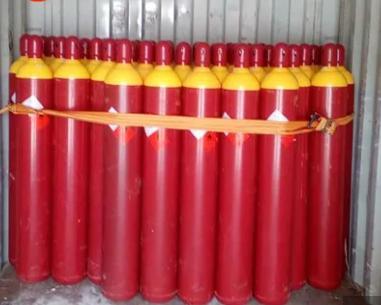
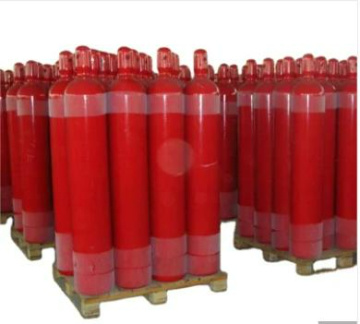
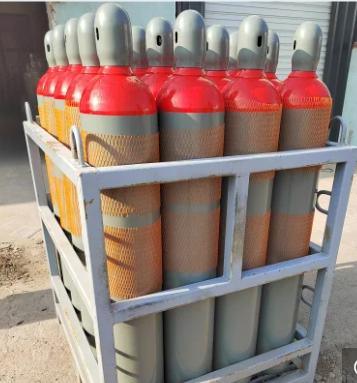
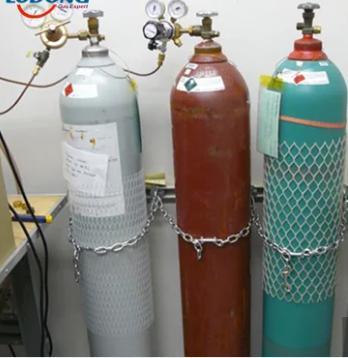


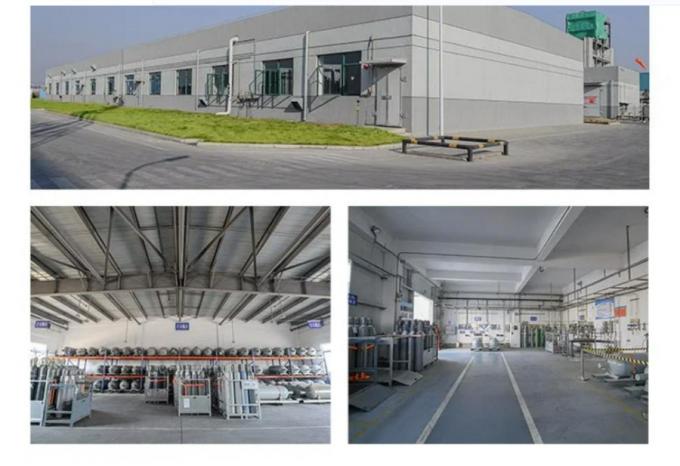

| MOQ: | 1kg |
| Price: | US $12/kg |
| Standard Packaging: | Cylinder/Tank |
| Delivery Period: | 15 days |
| Payment Method: | L/C, T/T |
| Supply Capacity: | 5000kg/month |
Methane gas (CH4) is a colorless, odorless, and flammable gas. It is the primary component of natural gas and is one of the most abundant greenhouse gases in the Earth's atmosphere. Here are some key points about methane gas:
Chemical Composition: Methane is composed of one carbon atom bonded to four hydrogen atoms (CH4).
Properties: Methane possesses several important properties:
Flammability: Methane is highly flammable and can ignite in the presence of an ignition source, such as a spark or flame.
Greenhouse Gas: Methane is a potent greenhouse gas, meaning it has a strong ability to trap heat in the Earth's atmosphere. It contributes to climate change and global warming.
Odorless: Pure methane gas is odorless. However, in commercial and residential natural gas supplies, an odorant called mercaptan is added to give it a distinctive smell for easy detection of gas leaks.
Occurrence and Sources: Methane can be found in various natural and human-made sources:
Natural Sources: Methane is emitted naturally from sources such as wetlands, oceans, and the digestive processes of animals (e.g., cows, termites). It is also produced during the decomposition of organic matter in landfills.
Fossil Fuels: Methane is the primary component of natural gas, which is extracted from underground reservoirs and used as a fuel for heating, cooking, and electricity generation. It is also released during the extraction, production, and distribution of coal, oil, and natural gas.
Agriculture: Livestock farming, especially cattle, produces significant amounts of methane through enteric fermentation (digestive processes) and manure management.
Energy and Waste Management: Methane can be produced from the anaerobic decomposition of organic waste in wastewater treatment plants, landfills, and anaerobic digesters.
Environmental Impact: Methane is a critical greenhouse gas with significant environmental impacts:
Climate Change: Methane has a much higher global warming potential (GWP) than carbon dioxide (CO2) over a 20-year period. It contributes to the greenhouse effect and plays a role in climate change.
Air Quality: Methane itself is not harmful to human health, but its combustion can produce pollutants such as nitrogen oxides (NOx) and carbon monoxide (CO), which can have adverse effects on air quality and human health.
Mitigation and Control: Reducing methane emissions is crucial for addressing climate change and improving air quality. Some strategies to mitigate methane emissions include:
Methane Capture and Utilization: Implementing technologies to capture methane emissions from landfills, wastewater treatment plants, and agricultural operations and using it as a valuable energy source.
Improved Agricultural Practices: Implementing practices to reduce enteric fermentation in livestock, such as improved diets and waste management.
Leak Detection and Repair: Regular monitoring and maintenance of natural gas infrastructure to identify and repair leaks promptly.
Renewable Energy: Shifting from fossil fuels to renewable energy sources helps reduce overall methane emissions associated with energy production.
Methane gas is a significant contributor to climate change and global warming. Efforts to reduce methane emissions are crucial for mitigating these impacts and transitioning to a more sustainable energy and waste management system.
Basic Info.
| Molecular Weight | 16.043 | Density | 0.717G/L |
| Melting Point | -182.5ºC | Boiling Point | -161.5ºC |
| Appearance | Colorless,Odorless | Un No. | 1971 |
| DOT Class | 2.1 | Valve | CGA350 |
| Cylinder Standard | DOT/ISO/GB | Cylinder Pressure | 15Mpa/20Mpa |
| Transport Package | 40L/47L/50L | Specification | 99.9%,99.99%,99.999% |
| Trademark | CMC | Origin | China |
| HS Code | 27112900 | Production Capacity | 20000m³/Year |
Specification:







